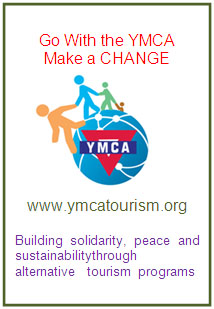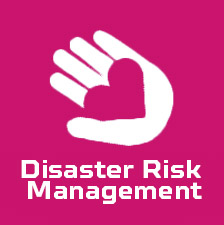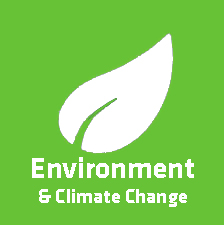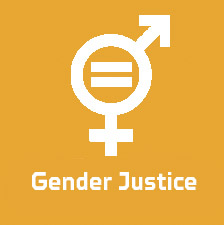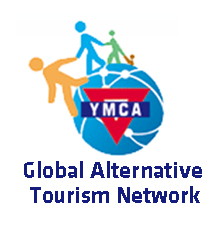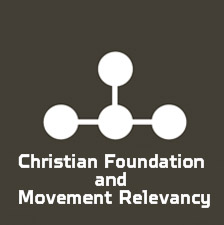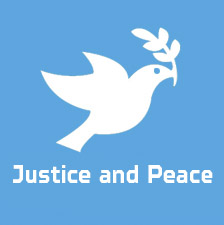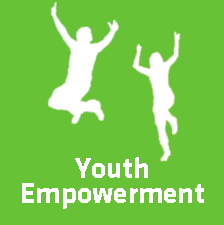What We Do
Alternative Tourism Program with Cambodia YMCA & Taichung YMCA
Last Updated (Tuesday, 30 November 1999 08:00)
Alternative Tourism Program with Cambodia YMCA & Taichung YMCA
Overview
Tourism is recognized as a key factor of socio-economic development and poverty alleviation. This is to some extent true in rural destinations; hence, it is important to change the local community's attitude and perception toward tourism development.
Cambodia YMCA is working hard to promoting community-based tourism. We have undertaken numerous community initiatives as part of our project, including school renovations, house construction, road repairs, toilet installations, educating children, facilitating youth exchanges, and providing support for women and the elderly. We also focus on raising awareness about climate change and sharing experiences and culture with local residents.
Our primary goal is to improve socioeconomic factors that enhance the quality of life, particularly in areas where mass tourism predominantly benefits wealthier individuals. Through our activities, we strive to mobilize resources that directly benefit the communities we serve. Home stays in rural areas allow tourists to share and contribute to local communities, improving their quality of life and providing equitable benefits.
Although Cambodia may not be the primary destination for tourists, we are actively working to promote potential alternative forms of tourism. The Cambodia YMCA collaborates closely with both tourists and local communities, acting as a bridge between local residents and international volunteers.
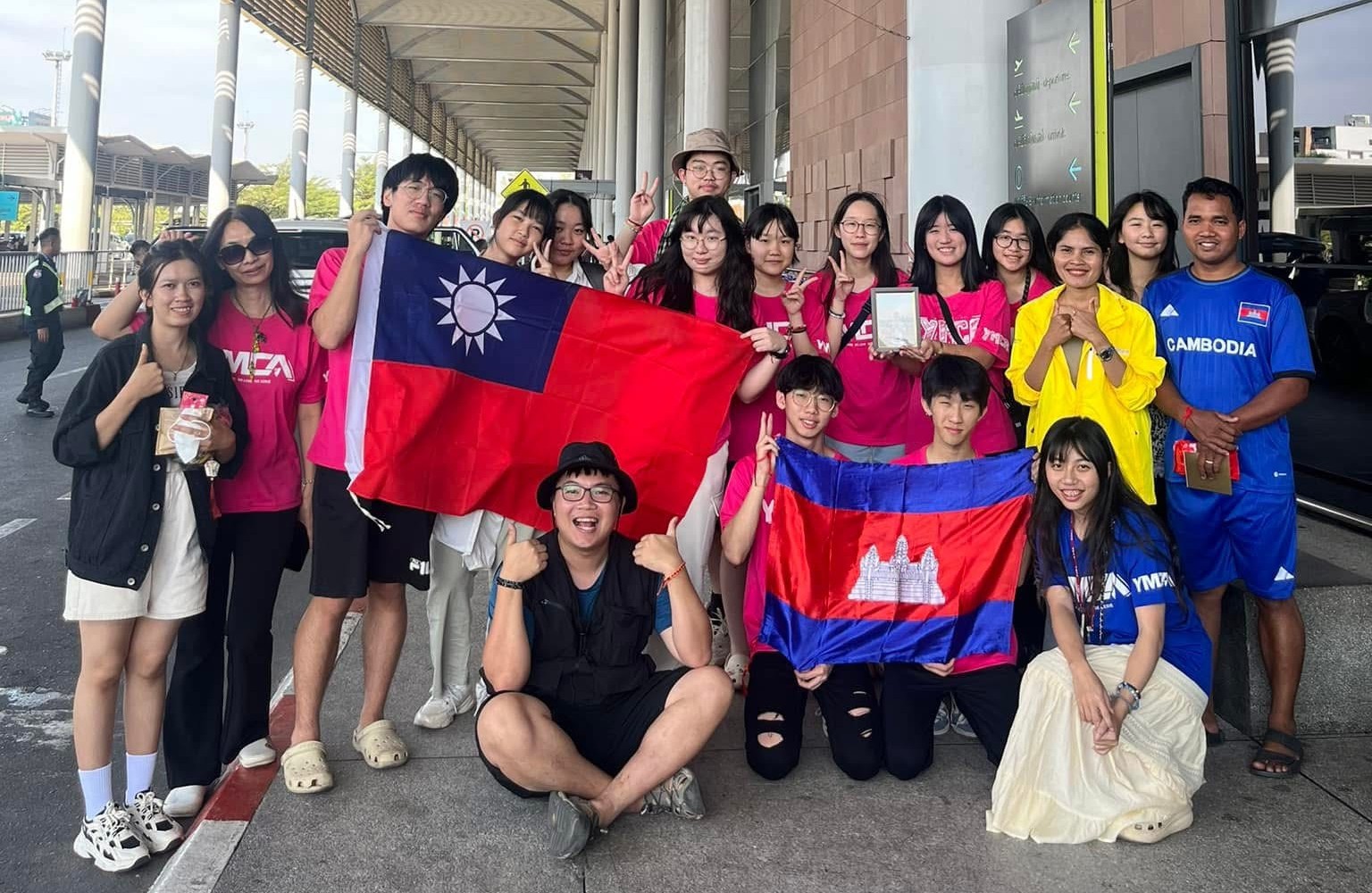
Objectives of the Program
The objective of an alternative tourism program is to promote a more sustainable, responsible, and community-oriented form of travel that contrasts with mass tourism.
Description of the Program
A unique and impactful alternative tourism program took place in June 2025 in Siem Reap, Cambodia, where a group of young volunteers from the Taichung YMCA in Taiwan participated in a ten-day service and cultural exchange program. This initiative, organized in collaboration with the Cambodia YMCA, aimed to promote youth development, cultural understanding, and community engagement through hands-on volunteer work and heritage exploration.
The highlight of the program was the school beautification project, where volunteers spent ten full days painting classrooms and improving the learning environment of a local secondary school in a rural community in Siem Reap. The project involved cleaning, painting, and decorating several classrooms with colorful educational murals, aimed at creating a more welcoming and stimulating space for the students.
Participants worked side-by-side with local youth and YMCA staff, fostering cross-cultural dialogue and teamwork. The effort brought smiles and gratitude from teachers, students, and community members, who warmly welcomed the volunteers and even shared traditional Cambodian meals with them.
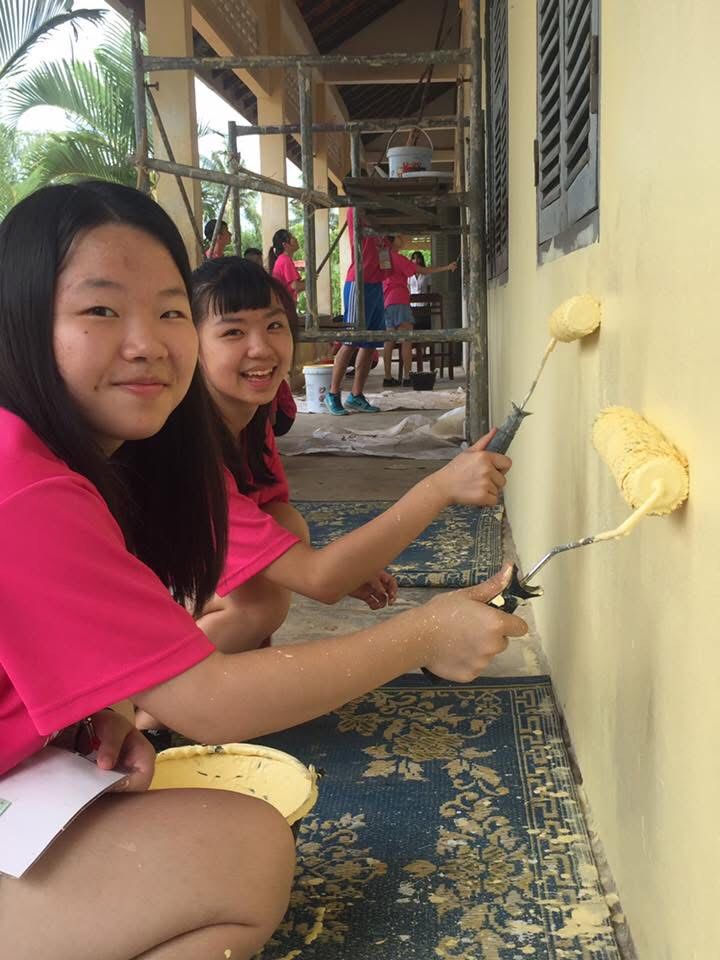 | 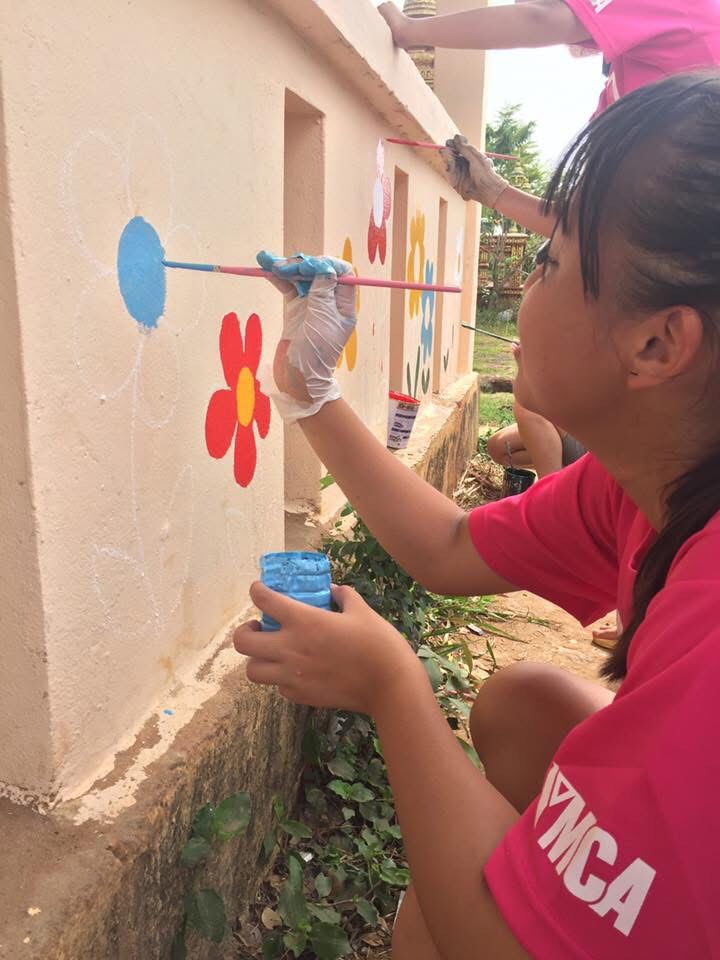 | 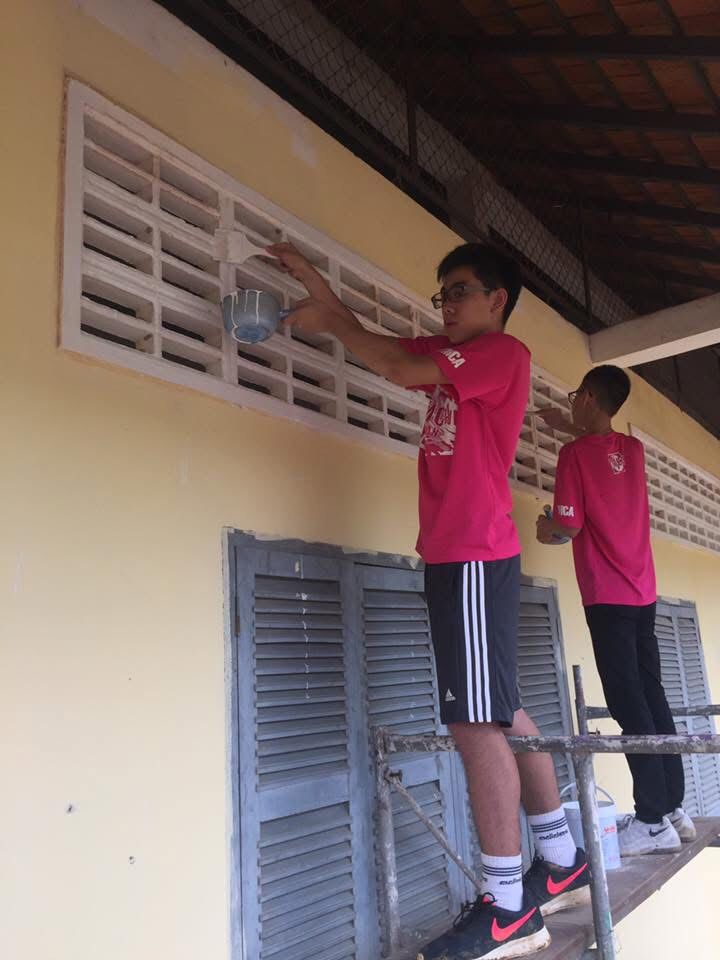 |
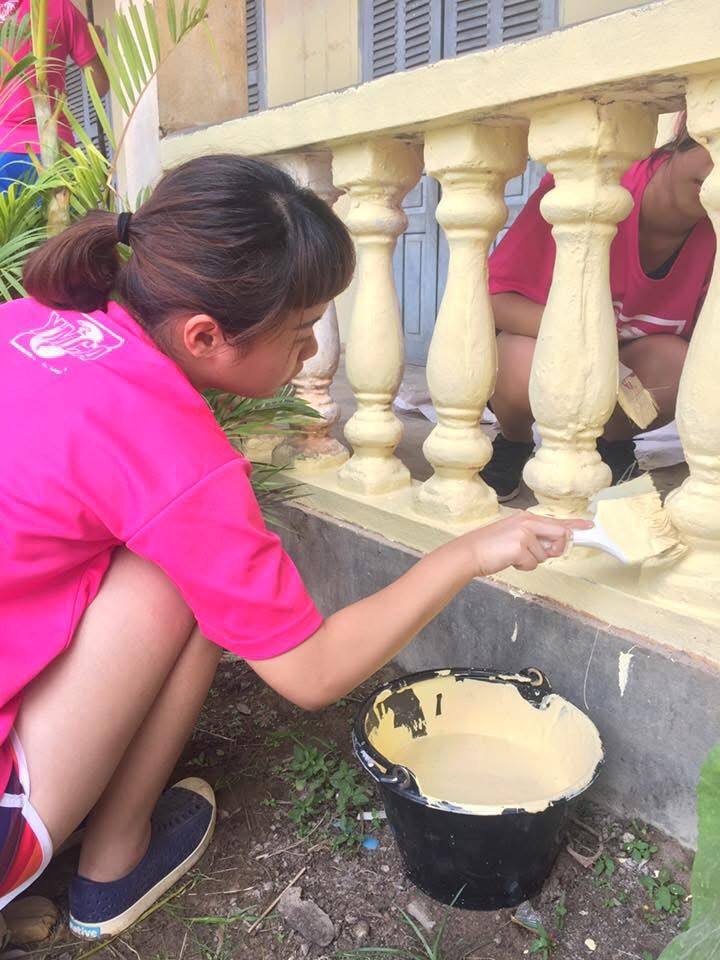 | 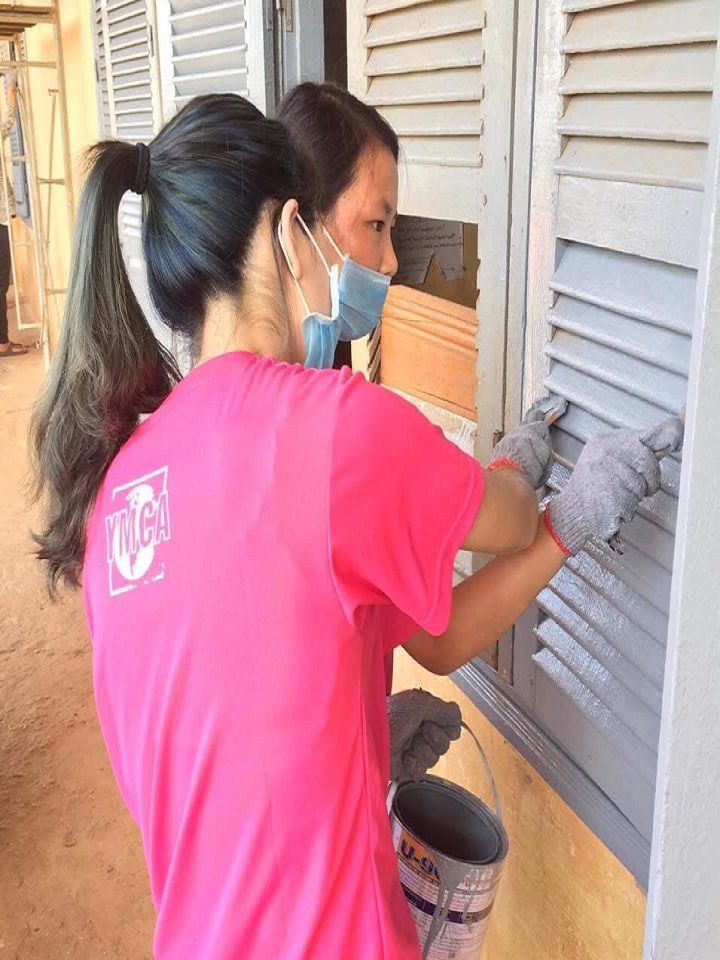 | 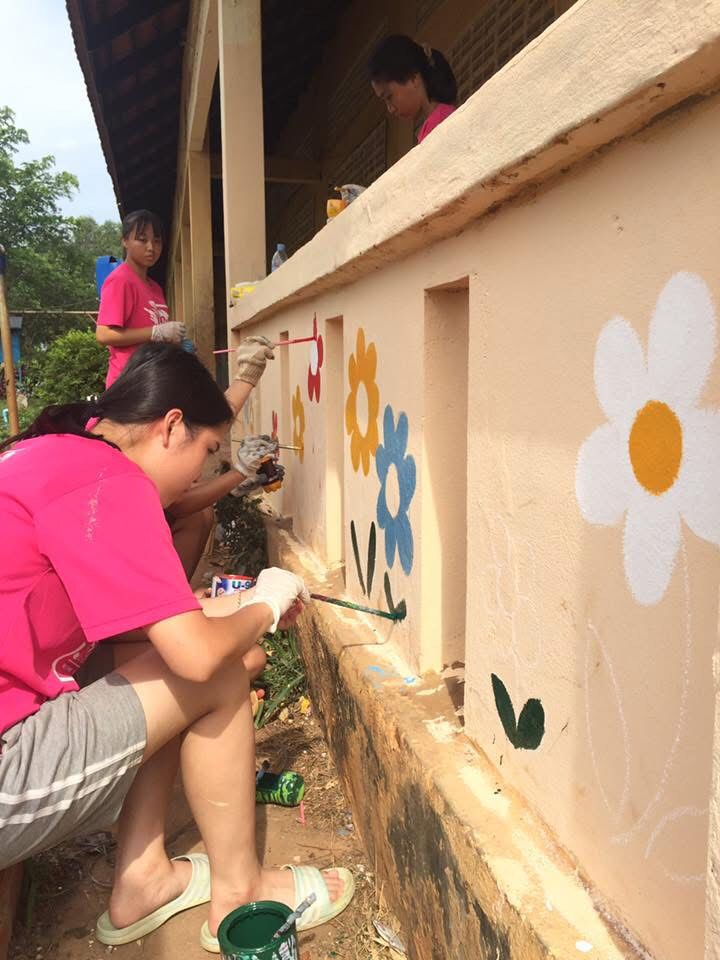 |
Participant Overview
The program brought together 18 volunteers from Taichung YMCA, aged 16 to 22, accompanied by two youth leaders and one YMCA coordinator. All participants were part of a youth leadership program in Taiwan focused on global citizenship, volunteering, and sustainable tourism.
In total, the initiative included more than 25 participants, with support from the Cambodia YMCA staff and local community volunteers. This alternative tourism program is part of a broader network of YMCA international youth exchange activities, promoting service learning and regional cooperation across Asia.
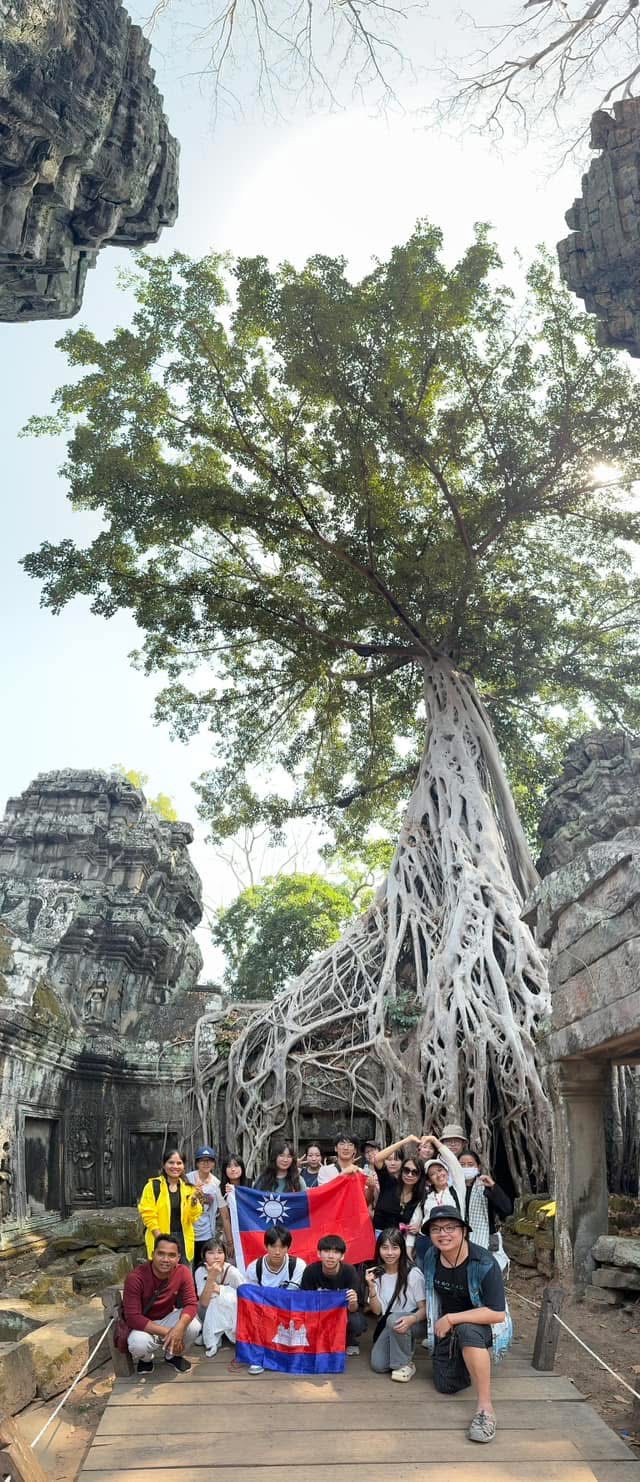 Visit to Angkor Wat: Experiencing Cambodia’s Cultural Heritage
Visit to Angkor Wat: Experiencing Cambodia’s Cultural Heritage
After days of hard work, the group enjoyed a guided visit to Angkor Wat, the world-famous UNESCO World Heritage site and symbol of Cambodia’s rich history and architecture. The visit allowed the young volunteers to deepen their understanding of Cambodian culture, religion, and history. The tour also included stops at Angkor Thom and Ta Prohm, where participants reflected on the spiritual and historical significance of the ancient temples.
Reflections and Outcomes
For many participants, this was their first time traveling abroad for service. During group reflections at the end of the program, volunteers shared how the experience deepened their appreciation for community engagement and broadened their worldview.
"I came to help, but I received more than I gave," said Fay, one of the youth volunteers. "Working with the Cambodian students and seeing their smiles made me realize the power of small actions." YMCA leaders from both countries emphasized the importance of such programs in shaping socially responsible youth and promoting peace through mutual understanding.
This alternative tourism program reflects the YMCA’s mission of empowering young people through service, solidarity, and cultural exchange, turning travel into a transformative journey for both volunteers and host communities.
Proceedings, Outputs & Outcomes
In a heartfelt initiative blending service and cultural immersion, a group of enthusiastic volunteers from Taichung participated in a meaningful volunteering program in Siem Reap, Cambodia. This program focused on repainting a local secondary school and exploring the historic site of Angkor Wat. The initiative not only left a visual mark on the school but also fostered intercultural understanding and lifelong memories among participants.
Proceedings of the Program
- 1. Orientation & Preparation
The volunteering journey began with a comprehensive orientation session in Siem Reap, where volunteers were briefed on:
- Cambodian culture and local etiquette
- The significance of the repainting project
- Safety protocols and teamwork assignments
Materials such as brushes, rollers, paint, and protective gear were prepared in collaboration with local partners and school officials.
2. Repainting the Secondary School
Over ten days, volunteers dedicated their time to revitalizing the school’s exterior and selected classrooms. Key activities included:
- Scraping off old paint and cleaning the walls
- Applying base coats followed by vibrant, bright-colored paints
- Designing simple educational murals in collaboration with local students
- Painting window frames, doors, and fences
The effort was made under hot, humid conditions, requiring physical stamina, coordination, and community spirit.
3. Cultural Exchange Activities
To deepen engagement with the local community, the group participated in:
- Teaching short English lessons or games with students
- Sharing songs, dances, and local crafts
- Learning basic Khmer greetings and customs
These activities bridged the cultural gap and built trust between the volunteers and the community.
4. Angkor Wat Exploration
Following the service portion, the volunteers spent a day exploring Angkor Wat and the surrounding temples. Guided by a local historian, they visited:
- Angkor Wat
- Bayon Temple (famous for its smiling faces)
- Ta Prohm (the jungle temple made famous by Tomb Raider)
This segment offered volunteers the chance to connect with Cambodia’s rich history, spirituality, and artistic grandeur.
Outputs of the Program
- Repainted Infrastructure: One secondary school was visibly rejuvenated, covering approximately 8 classrooms, outer corridors, and the main gate.
- Educational Murals: Three inspirational and educational murals were completed, promoting positive messages about education, hygiene, and global friendship.
- Donated Supplies: Volunteers donated school supplies, including notebooks, pencils, and chalkboards.
- Community Engagement: Over 150 students and teachers interacted directly with the volunteers, creating bonds that may inspire future partnerships.
Outcomes and Impact
For the Community:
- Improved Learning Environment: The refreshed walls and colorful murals created a more inviting, motivating space for students.
- Boosted Morale: Teachers and students expressed increased pride in their school, with improved attitudes toward cleanliness and care.
- International Solidarity: The project strengthened the sense of global community and solidarity, reinforcing the idea that education is a universal value.
For the Volunteers:
- Cultural Awareness: Volunteers gained first-hand experience in Cambodian customs, lifestyle, and educational challenges.
- Personal Growth: Many participants reported enhanced confidence, teamwork skills, and a sense of global responsibility.
- Deepened Global Perspective: Witnessing both the historical grandeur of Angkor Wat and the modest needs of a rural school led to a deeper appreciation of global diversity and inequality.
New Insights Gained
The recent alternative tourism program—centered around community service (such as school painting) and cultural exploration (including a visit to Angkor Wat)—provided participants and organizers with a unique opportunity to gain fresh insights into sustainable tourism, community engagement, and cross-cultural exchange. The program brought together volunteers from Taichung YMCA in Taiwan and local partners in Siem Reap, Cambodia.
Participants realized that tourism can be more than sightseeing—it can be a meaningful act of contribution. Instead of merely visiting places, volunteers became part of the local community by engaging in impactful service work such as painting school buildings.
Participant Quote: "This experience made me see that we can give back while traveling. I felt more fulfilled painting a school than just taking pictures at landmarks." Participant from Taichung YMCA.
The interaction between Taiwanese volunteers and Cambodian locals created valuable cross-cultural learning. Both groups gained a deeper understanding of each other's traditions, languages, and worldviews.
Organizer Comment: "The cultural exploration activities allowed for genuine human connection. Our volunteers didn't just observe Cambodia—they connected with it." Empowerment Through Community Involvement, the program highlighted how engaging tourists in community development projects can empower local people and instill a sense of pride. Students, teachers, and residents felt supported and valued through the volunteers’ contributions.
Local School Teacher: "The school looks brighter, and the students are more excited to come. It shows them that others care." Participants reported a growing sense of global responsibility and awareness of global inequalities. Many expressed motivation to stay involved in service-oriented activities beyond the program. "I used to think tourism was about relaxing. Now I see it as a chance to understand the world better and take action." Participation reflection.
Organizers acknowledged the power of alternative tourism to contribute to the UN Sustainable Development Goals (SDGs), particularly in the areas of quality education, reduced inequalities, and sustainable communities. However, Participants faced challenges such as language barriers, cultural differences, and unfamiliar working conditions. These were seen not as setbacks but as valuable learning experiences that enhanced their adaptability, communication, and teamwork skills. The alternative tourism program in Siem Reap proved to be a transformative experience for both volunteers and local stakeholders. The blend of community service and cultural immersion enabled participants to develop a more profound and socially responsible understanding of travel. The insights gained highlight the growing potential of alternative tourism as a vehicle for education, empathy, and sustainable impact across borders.
Feedback and Quotes from the Participants
The alternative tourism program, which combined community service through school painting with cultural exploration in Siem Reap—including visits to the majestic Angkor Wat—left a strong impression on both the volunteers from Taiwan and the local hosts.
Feedback from Participants
The volunteers from Taichung YMCA expressed deep appreciation for the opportunity to contribute meaningfully while engaging with Cambodia’s culture and people.
Ms. Lin Yu-Chen, volunteer from Taichung YMCA, shared:
“This program gave us more than just the chance to help—it gave us a deep connection with the local community. Painting the school felt symbolic—we were not only coloring walls, but also brightening futures.”
Mr. Hsu Wei-Ting, another participant, commented:
“Seeing the smiles of the children and the appreciation from teachers made every drop of sweat worth it. It was powerful to learn how culture, community, and compassion can come together.”
Feedback from Local Hosts and Organizers
Mr. Hem Thel, local program coordinator at the Siem Reap YMCA, reflected:
“Hosting the youth volunteers from Taiwan was a joy. Their energy and sincerity brought warmth to the school and inspiration to the children. The cultural exchange also opened minds on both sides.”
School Principal, Mr. Sok Somnang, noted:
“We thank the volunteers for their hard work and friendship. Our school looks more welcoming now, and the experience also taught our students the value of international friendship.”
A representative from the organizing team said:
“Alternative tourism is not just about sightseeing—it’s about seeing with purpose. The collaboration between Taichung YMCA and Siem Reap showed how youth can serve, learn, and lead in global citizenship.”
Participant’s Reflection
Hello, this is Polly. I came from Taiwan. I joined the volunteering program between the Taichung YMCA and the Cambodia YMCA in Siem Reap for ten days. This volunteer trip to Cambodia was a fulfilling and touching experience. At first, I signed up immediately upon seeing the invitation from Angela, as I needed to step out of my comfort zone after an unsatisfactory first half of 2025. During the preparation period, I felt quite anxious because of my poor social skills. My biggest worry was whether I would fit into the team. However, when I met everyone, I found them to be very friendly, and everything went more smoothly than I had anticipated.
A few days before departure, I realized many details were still unprepared, which increased my worries. Although I initially encountered issues like forgetting to bring a jacket and having a broken shoe, I still started trusting that everything would be resolved. Upon arriving in Cambodia, we were first greeted by the sweltering weather and the energetic, handsome Charlie, who gave each of us a scarf with the Cambodian flag and took a super cute group photo at the airport. This friendly reception helped me relax further. On the bus, we curiously looked at the scenery and discovered that it was different from what we had imagined—more advanced.
In the early days in Cambodia, we served in school with local volunteers. Although language barriers made communication somewhat difficult, the children ‘s obedience and enthusiasm deeply moved me. I realized that the language gap wasn’t as wide as I had thought; it seemed that too many words were unnecessary. We returned to the most basic form of communication, using simple gestures to convey genuine goodwill. In the following days, we mainly engaged in teaching, painting projects, and cooking activities with the villagers. Every day presented new challenges and rewards, especially interacting with the children, connecting with the villagers, and participating in cultural nights around the campfire, singing and dancing. As we grew closer, the farewell became more poignant. These experiences gave me a deeper understanding of Cambodia.
On the last day of service, we held a simple yet meaningful ribbon-cutting ceremony and organized a game fair. Despite the busyness, it was full of fun, and the children’s smiles were the best way to cool down in the hot weather. At the moment of farewell, we all felt a deep sense of reluctance. Seeing the children and villagers ‘concern and kindness filled me with gratitude. We walked a short part of the road together before parting ways, and it’s possible we may never meet each other again. We would only be passing through each other’s lives, not knowing if we truly made a difference. I hope to remember the happiness and warmth this place brought me and carry that blessing forward.
Upon returning to Taiwan, I found that I had a more comprehensive understanding of Cambodia and experienced the precious meanings of cross-border friendships and cultural exchange. This experience was immensely rewarding, not only for the new knowledge of Cambodia but also for the personal growth and changes I underwent during this journey.
Prepared by Nimey Rin, General Secretary, YMCA Cambodia
14th National Council Meeting of YMCAs of Japan
Last Updated (Saturday, 28 June 2025 13:30)
14th National Council Meeting of YMCAs of Japan
The National Council Meeting of YMCAs of Japan, an annual gathering of YMCA representatives from local YMCAs in Japan, was held on June 21 from the afternoon to June 22 at the YMCA Tozanso. Approximately 140 participants from YMCAs across Japan joined the Council meeting.

This year, Mr. Carlos Sanvee, Secretary General, World YMCA and Razvan Sassu, staff, World YMCA were invited, as special guests, for the meeting. They discuss and share ideas on how to accelerate Vision 2030.
The first day of the meeting agenda focused on annual reports of 2024 and plans of 2025 for the National Council of YMCAs of Japan. Carlos Sanvee, Secretary General of the World YMCA, delivered the keynote speech titled “The World YMCA Today.” He addressed how we can overcome division, the situations in Palestine and Ukraine, and what the YMCA should do in this rapidly changing society. The call “We are one YMCA” brought the attendees to their feet, and the hall was filled with energy.
The second day, Mr. Razvan Sassu, head of Strategy and Policy, World YMCA, organized a workshop on Vision 2030 - “What can you do to promote Vision 2030?“ The workshop was interesting, with the quiz, meaningful, and participants enjoyed it while deepening their understanding of Vision 2030.
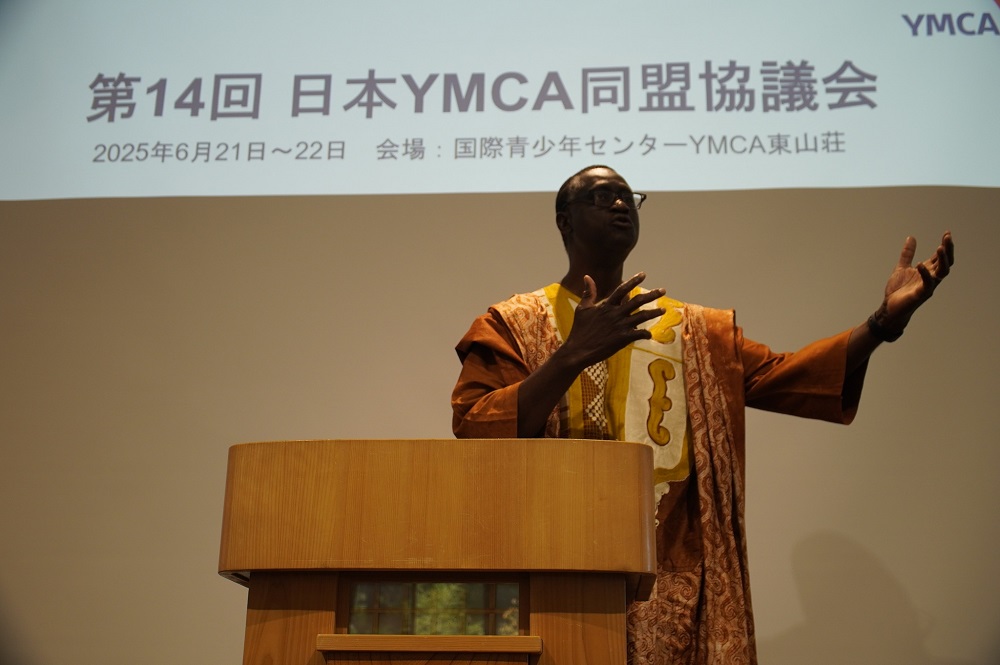 | 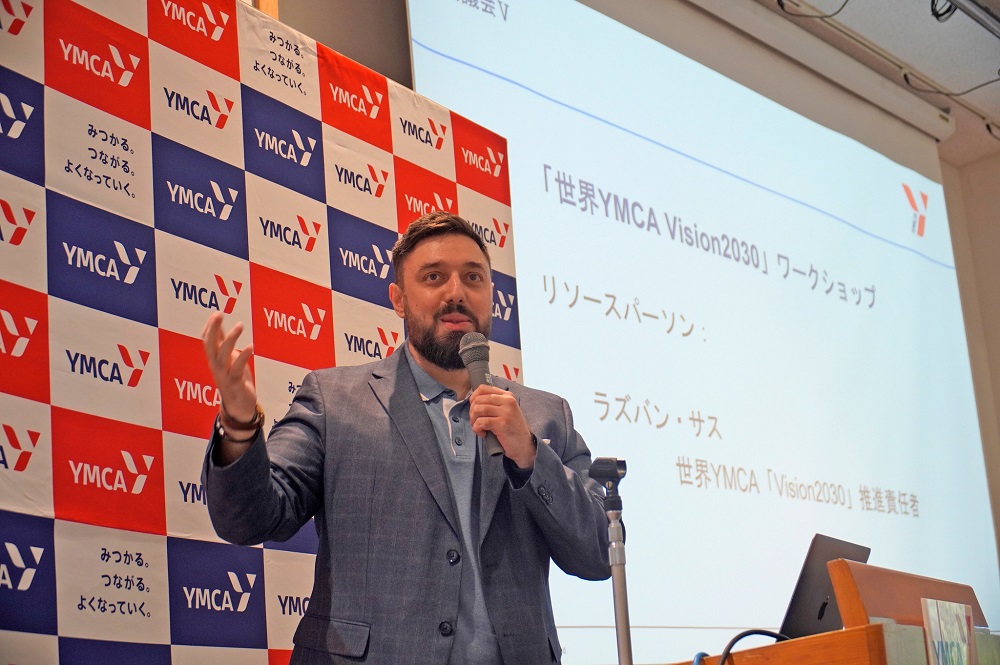 | 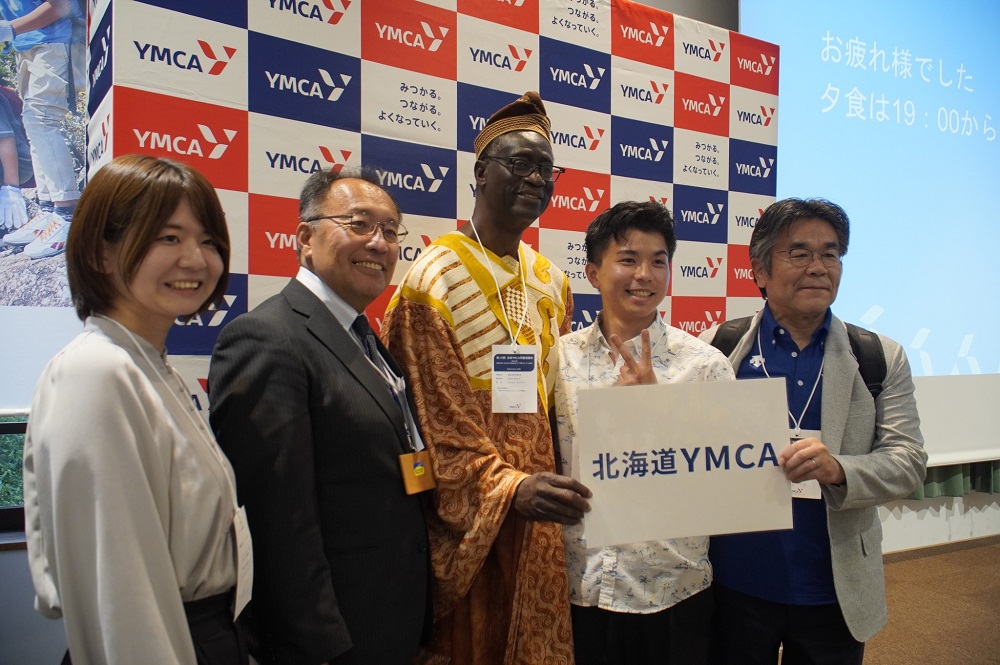 |
The Sunday Worship was led by Rev. Motoo Nakamichi, a board member, and he delivered a sermon titled “To Create a Just World” to commemorate the 80 years since World War II.
Through the two days of learning, we renewed our commitment to peace and confirmed to continue working toward the realization of Vision 2030 by strengthening our global collaboration and engaging in activities that address the needs of local communities.
After participating in “The National Council Meeting of YMCAs of Japan”, Carlos and Razvan visited Tokyo, Yokohama, Osaka, and Hiroshima.
Mr. Carlos Sanvee, Secretary General, World YMCA and Razvan Sassu, staff member of the World YMCA visited Hiroshima together with Mr. Tsutomu Taguchi, National General Secretary, the National Council of YMCAs of Japan and Mr. Harushi Kemori, General Secretary of the Hiroshima YMCA
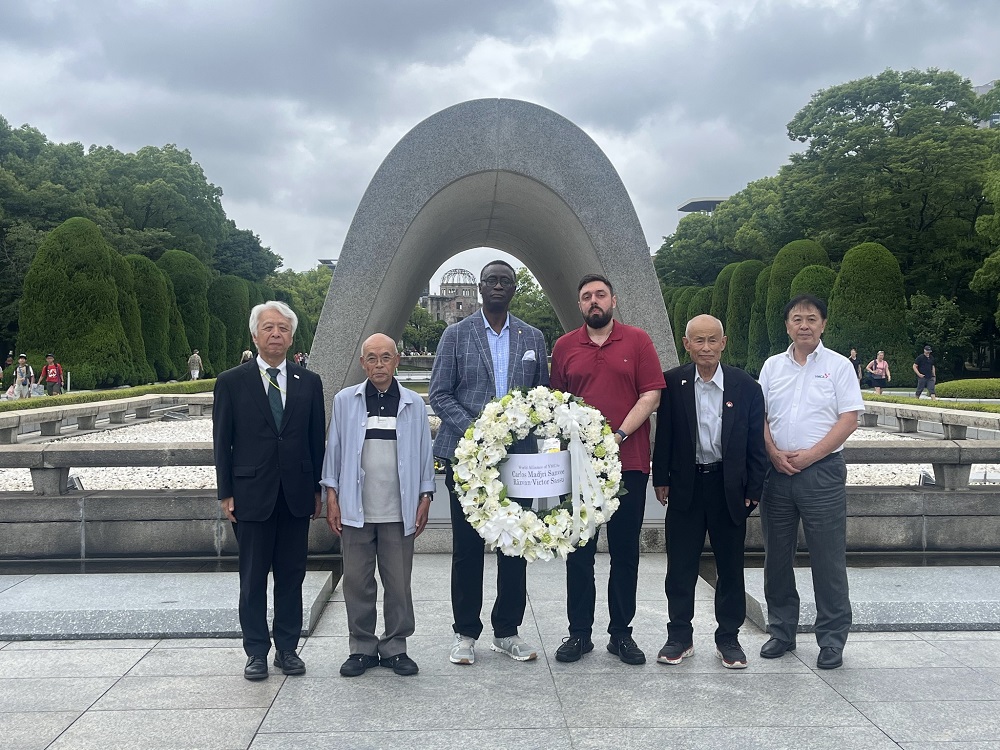 |  | 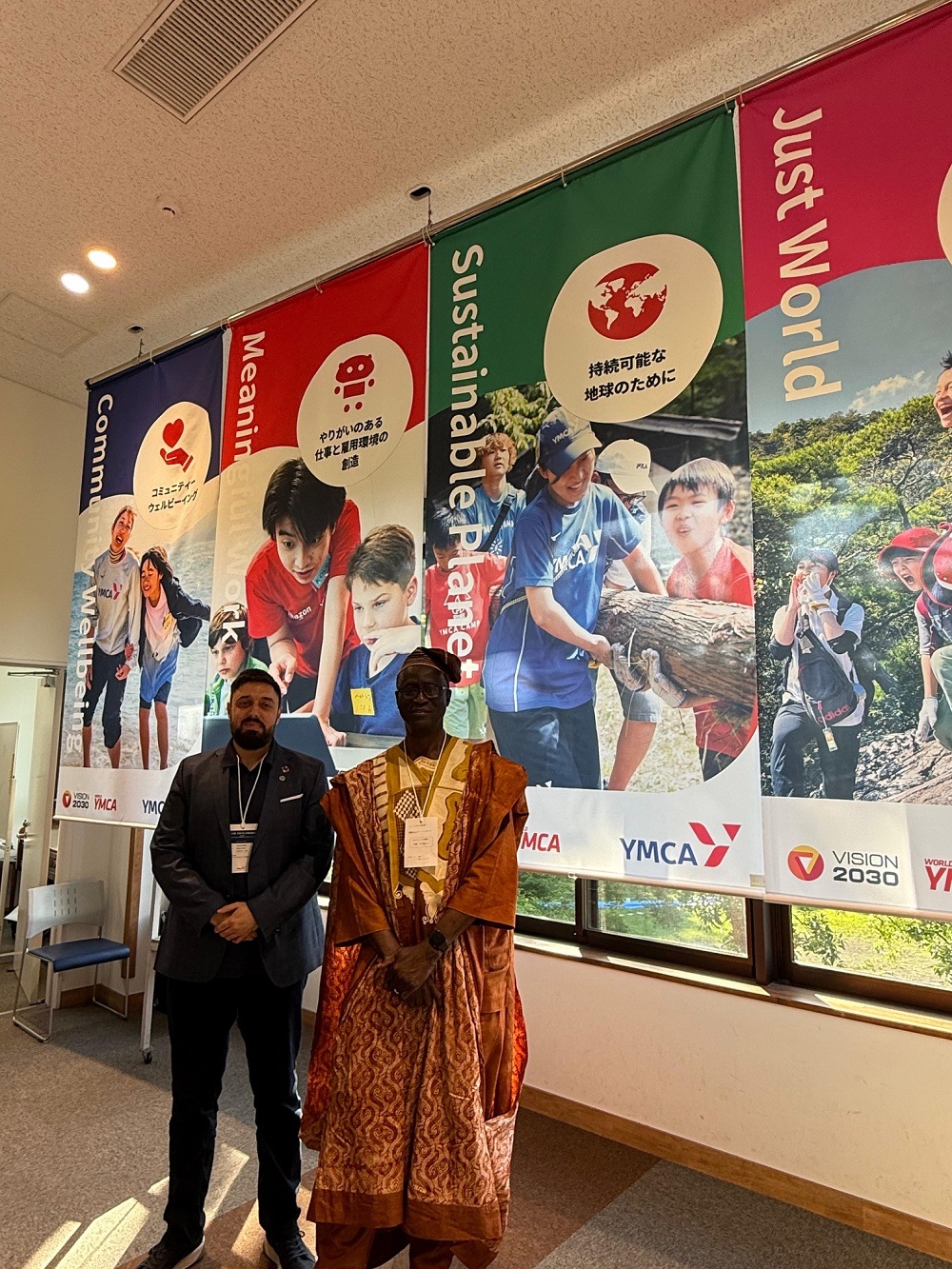 |
On June 24, Mr. Carlos Sanvee and Mr. Razvan Sassuu visited the Hiroshima YMCA and toured the Hiroshima Peace Memorial Museum. They listened to testimonies from Mr. Tomoyuki Mimaki and Mr. Kunihiko Sakuma of the Japan Confederation of A- and H-Bomb Sufferers Organizations (Nihon Hidankyo), which received the Nobel Peace Prize last year.
Having witnessed the threat of the atomic bomb firsthand, Carlos remarked, “We must take action to realize a world without nuclear weapons for future generations. Together with the Japan Confederation of A- and H-Bomb Sufferers Organizations and the YMCA in Japan, the World YMCA will also work to share the testimonies of atomic bomb sufferers.” He then laid flowers at the Atomic Bomb Memorial Monument.
Additionally, Carlos expressed his deep respect for the Hiroshima YMCA, which has worked with atomic bomb sufferers to achieve peace since the immediate World War II.
By – Sugino Utako
NCY of Japan
2nd Korea Peace Day - Sing for Peace: End Hostility, Build Peace
Last Updated (Monday, 30 June 2025 13:34)
2nd Korea Peace Day - Sing for Peace: End Hostility, Build Peace
On June 6, 2025, more than 3,200 citizens gathered at Imjingak in Paju, South Korea, near the Demilitarized Zone (DMZ), to participate in the 2nd Korea Peace Day. Marking the 80th year since Korea’s liberation and division, the event brought together people across Korea─including the representatives from religious communities, artists, youth, and civil society─under the slogan: “Sing for Peace: End Hostility, Build Peace”.
Joining in solidarity for Just World, GS Nam Boo Won and Yura Rhee from Asia Pacific YMCA -APAY also attended the event, showing the support for citizen-led peace initiatives on the Korean Peninsula. It was meaningful to highlight the shared hope for peace not only within Korea but across the wider Asia-Pacific region.
Singing for Peace
At the heart of the event was a large-scale peace concert featuring choirs, traditional music groups, and youth orchestras from across Korea. Among the performers were choir and orchestra from local YMCAs. The concert culminated in a powerful moment when citizens held hands to form a symbolic human chain for peace, followed by the public declaration of a shared vision for peaceful inter-Korean reconciliation
One standout performance was the youth-led “Reaching Peace” busking show, performed by young musicians, singers, and rappers from both South and North Korean backgrounds. Nearly 500 people enjoyed this show, amplifying the youth’s heartfelt messages of hope and unity.
Peace Pilgrimage by Land and Sea
In the two weeks leading up to the Peace Day, two peace pilgrimages set out from the opposite corners of South Korea with the goal of converging at Imjingak on June 6.
The land pilgrimage, covering 385 kilometers along the DMZ, began in Goseong and included religious leaders from Christianity, Buddhism, Confucianism, and Korea’s native faith traditions. Their walk symbolized a journey of healing and solidarity.
Meanwhile, a sea pilgrimage departed from Jeju Island─the southernmost point of Korea─on a 700-kilomemter sailing voyage aboard the non-motorized yacht Jonah Wale. Despite severe wind conditions, mechanical issues, and even an entanglement with a fishing net that led to a ship change, the crew persisted on the peace sailing pilgrimage. Their arrival for the Peace Day celebrations was a powerful testament to resilience and dedication to peace.
The release of Peace Statement
The 2025 Korean People’s Peace Statement was released from this event and the essence is as follows:
- We, citizens gathered in Paju, called upon President Lee Jae-myung for pragmatic peace policies for the peaceful lives of 80 million Koreans, North and South.
- We urged the leaders of both Koreas to meet unconditionally.
- We requested the UN, international organizations, and global civil society to take action to end the wars in Palestine and Ukraine.
(See the full statement at the bottom)
Building a Culture of Peace for Citizen-Led Future
This year’s event built on the legacy of citizen-led peace movements, including the inaugural Korea Peace Day in Cheorwon in 2024, and earlier efforts such as the “DMZ Holding Hands: Spring Picnic to the DMZ” in April 2017. That event, which had approximately 200,000 citizens joining hands across DMZ bordering cities to advocate for peaceful reunification, was put on hold during the Covid-19 pandemic but re-emerged as Korea Peace Day.
Organized by the Border Peace School and other grassroots networks, the initiative seeks to create engaging peace culture rooted in citizen participation, especially in DMZ-adjacent regions. The next Korea Peace Day will be held in Yeoncheon in 2026, envisioning over 100,000 participants.
By Yura Rhee, Junior Executive Secretary, APAY
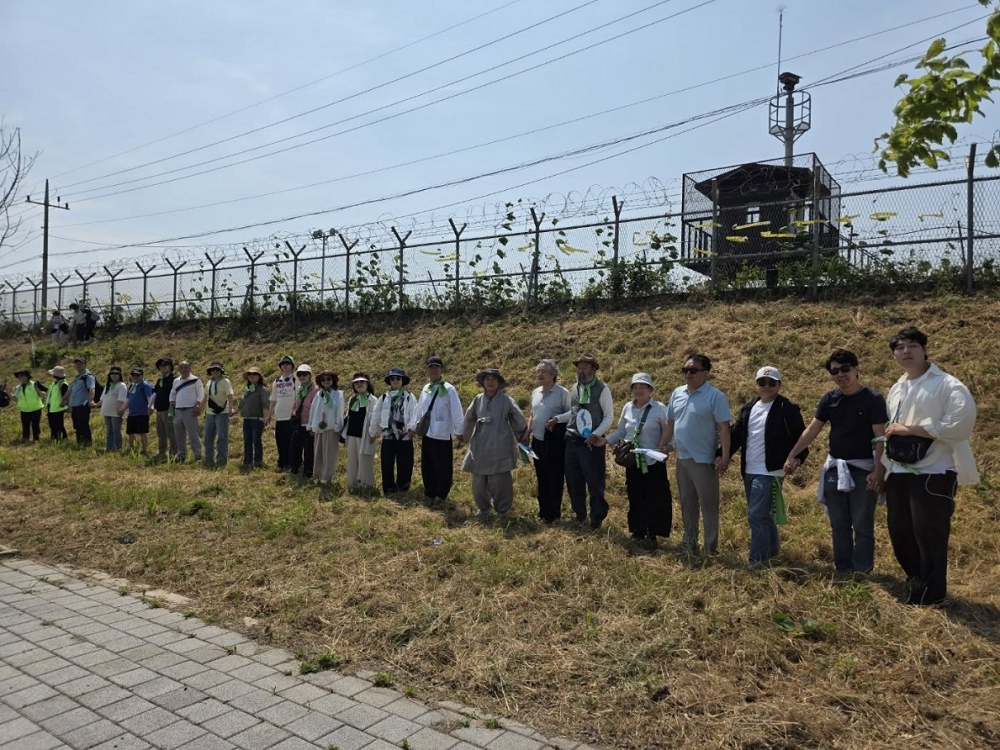 | 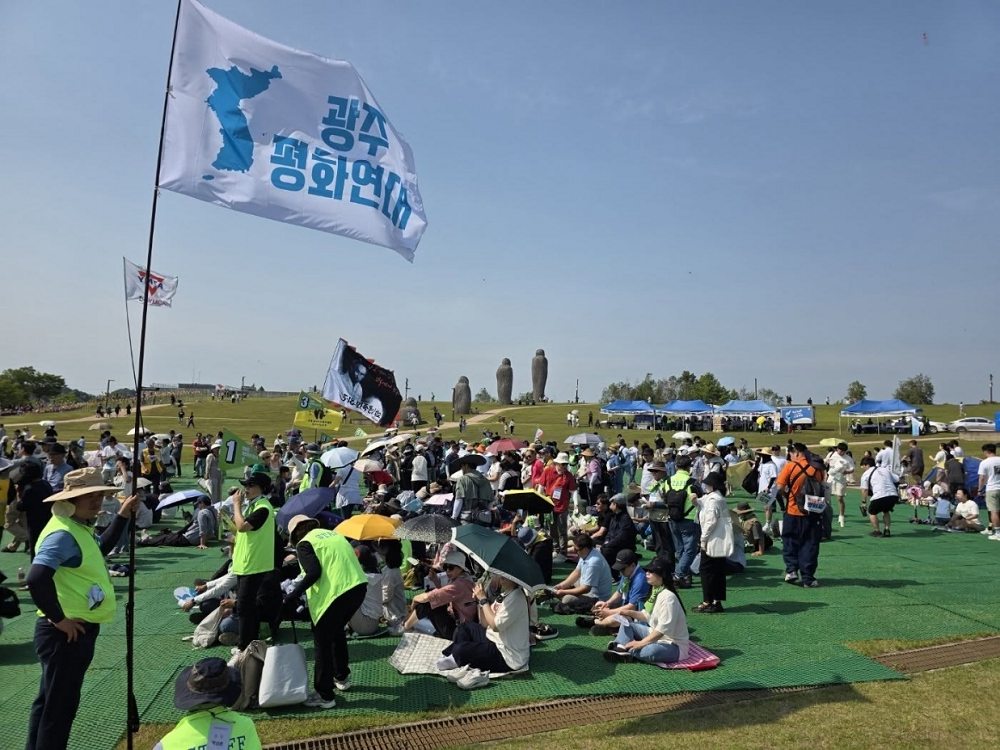 |
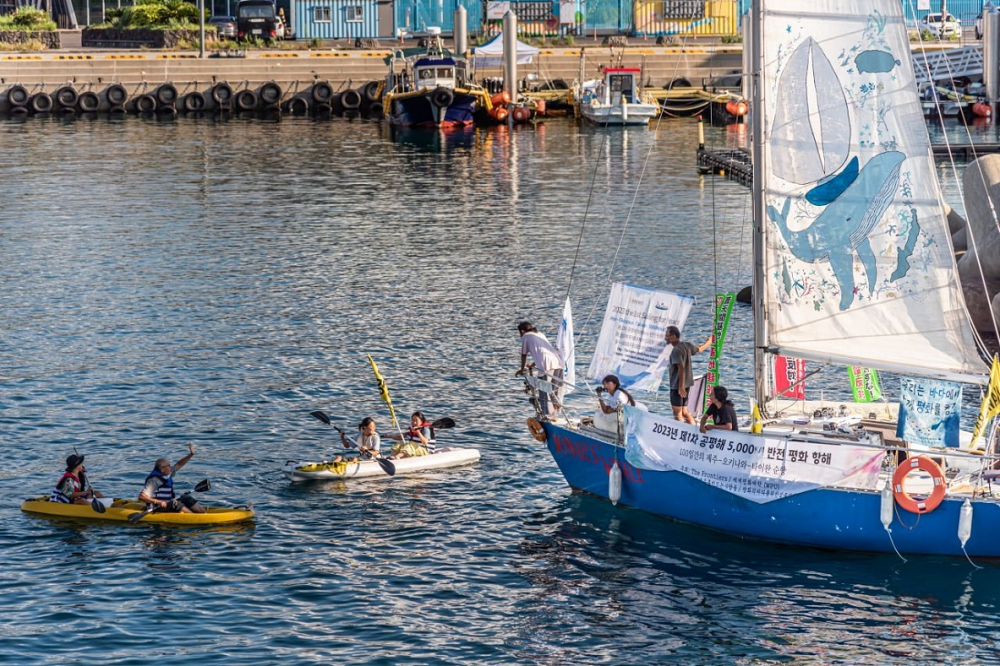 |  |
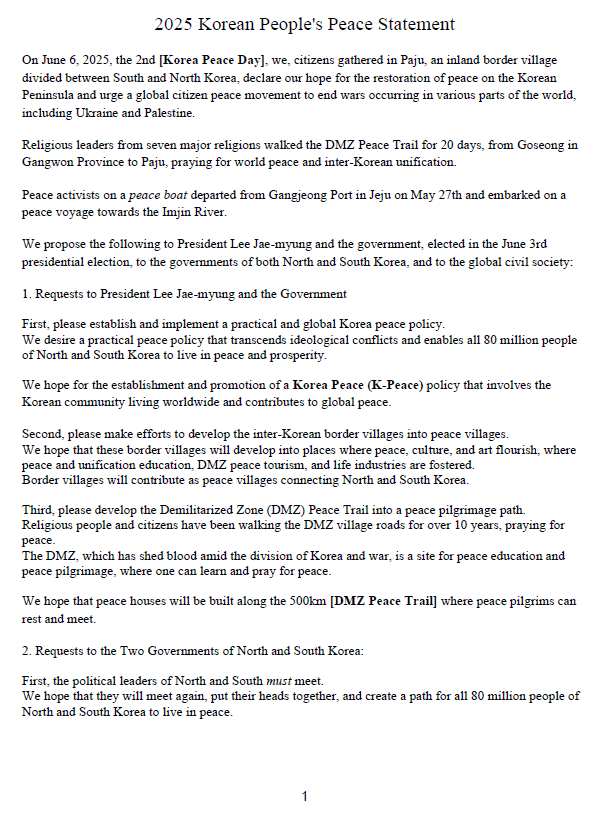
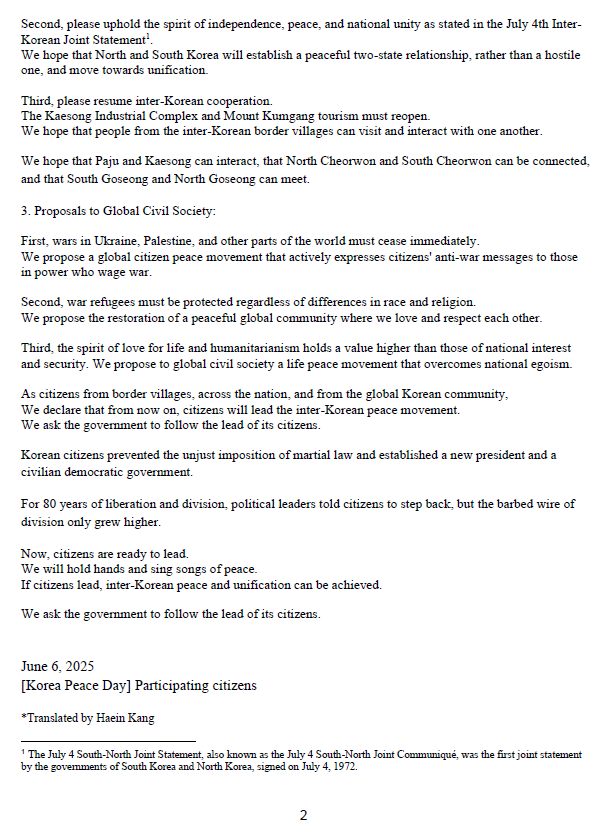
World Ocean Day Observed by the YMCA Timor Leste
Last Updated (Tuesday, 30 November 1999 08:00)
World Ocean Day Observed by the YMCA Timor Leste
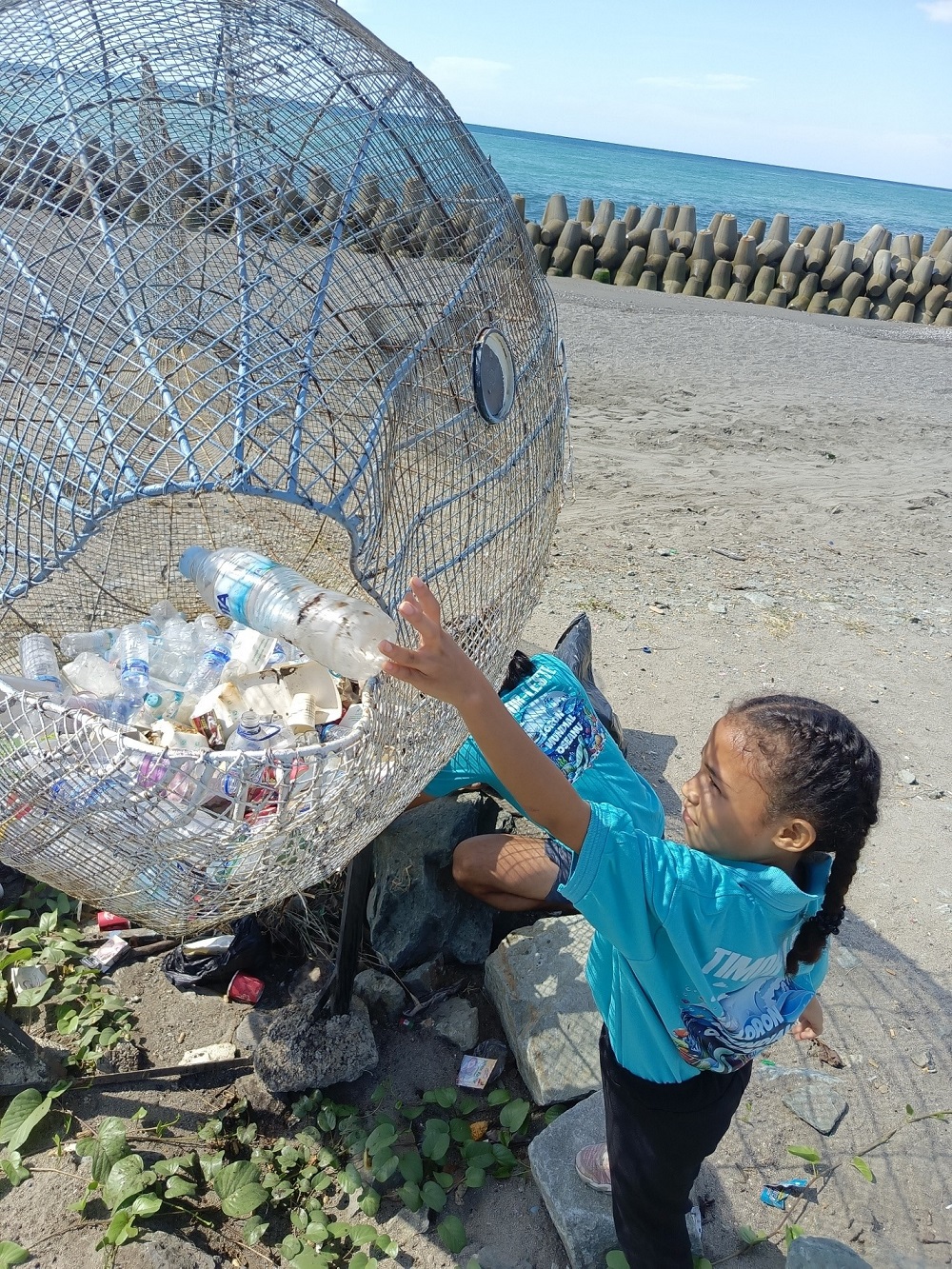 The World Ocean Day celebration is one of the important activities for taking care of the ocean. It raises awareness about the critical role oceans play in our ecosystem and encourages individuals and communities to engage in conservation efforts by participating in beach cleanups, reducing plastic usage, and supporting sustainable seafood practices. By coming together, we can help protect marine life and ensure the health of our oceans for future generations that depend on our actions today to preserve the beauty and biodiversity of our oceans. It is essential that we educate ourselves and others about the importance of marine ecosystems and advocate for policies that promote ocean health.
The World Ocean Day celebration is one of the important activities for taking care of the ocean. It raises awareness about the critical role oceans play in our ecosystem and encourages individuals and communities to engage in conservation efforts by participating in beach cleanups, reducing plastic usage, and supporting sustainable seafood practices. By coming together, we can help protect marine life and ensure the health of our oceans for future generations that depend on our actions today to preserve the beauty and biodiversity of our oceans. It is essential that we educate ourselves and others about the importance of marine ecosystems and advocate for policies that promote ocean health.
On June 6, World Ocean Day, about 22 YMCA volunteers participated, including 15 children and 7 adults, engaging in cleaning the beach on the Av. de Portugal road. Volunteers cleaned about two kilometres of the beach area that is regularly used for exercise and night markets.
The main objective of cleaning the beach as an important activity is to show our love for the blue ecosystem through action to make sure that it is clean from the plastics and other materials that may affect sea life. By participating in beach cleanups, we not only help protect marine life but also raise awareness about the impact of pollution on our oceans. This collective effort fosters a sense of community and responsibility towards preserving our natural resources for future generations. Preserving our natural resources for future generations is crucial, as it ensures that the beauty and biodiversity of our oceans can be enjoyed by all. Together, we can create a sustainable environment that not only supports marine life but also enhances our connection to nature.
By raising awareness of the blue ecosystem, participants, especially children and adolescents, became very active because it was the first time we introduced them to love and care for nature through actions.
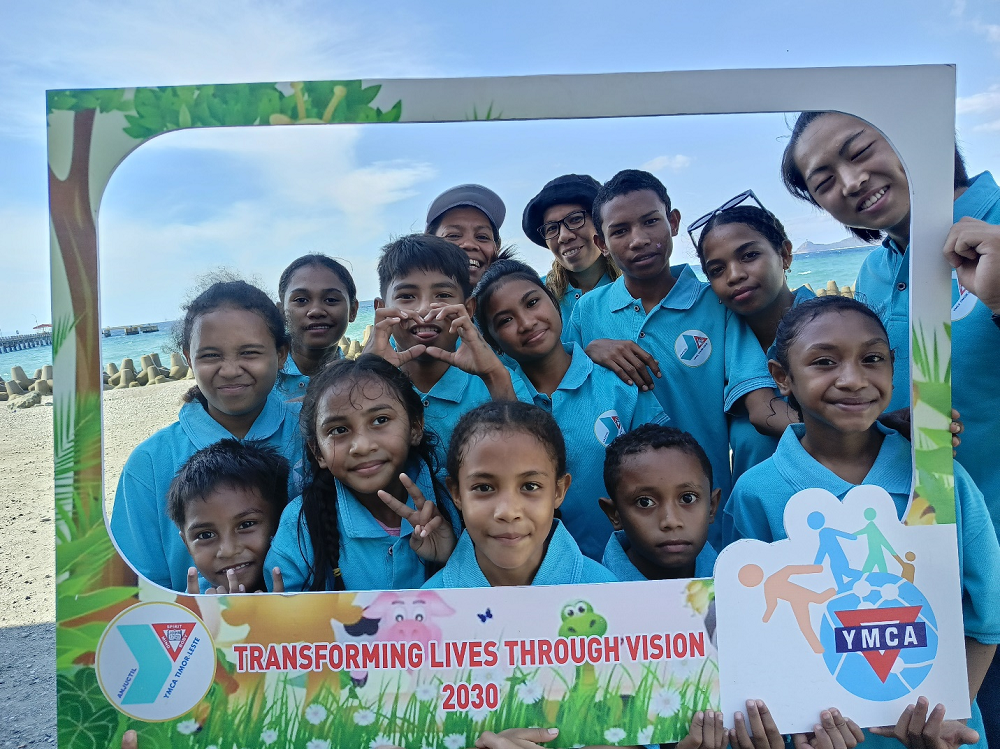 | 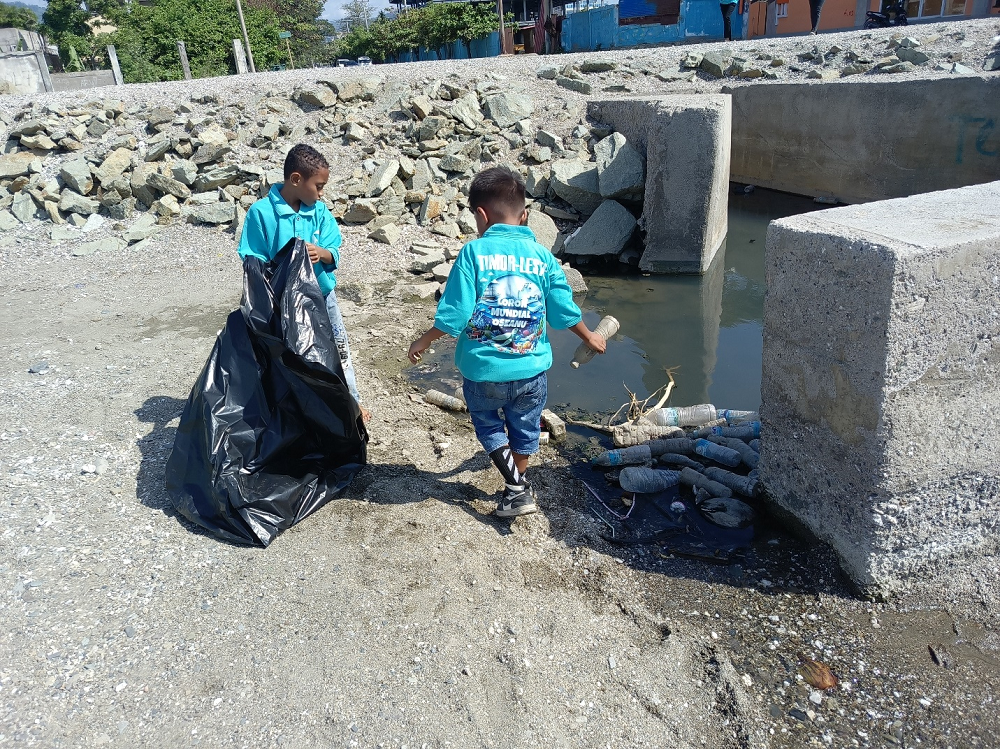 |
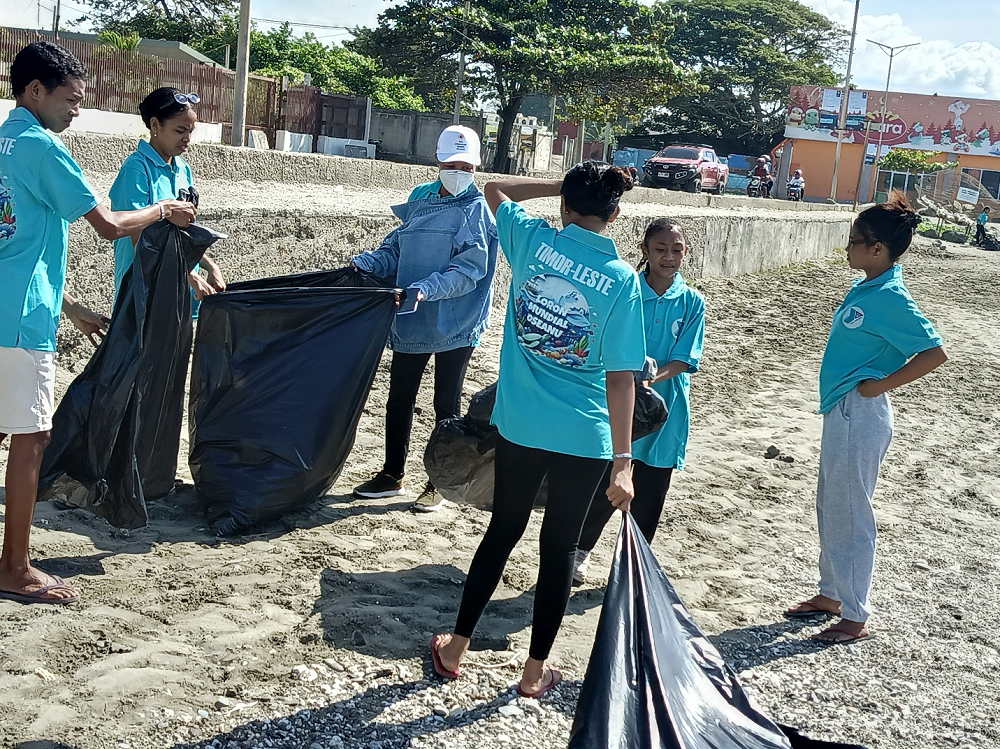 | 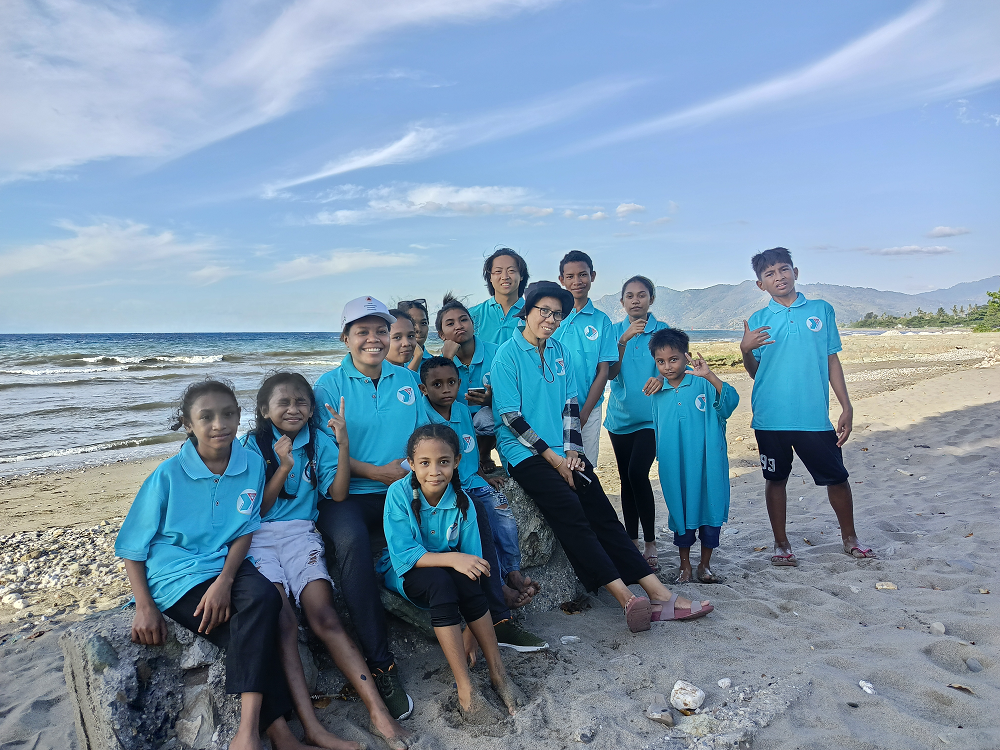 |
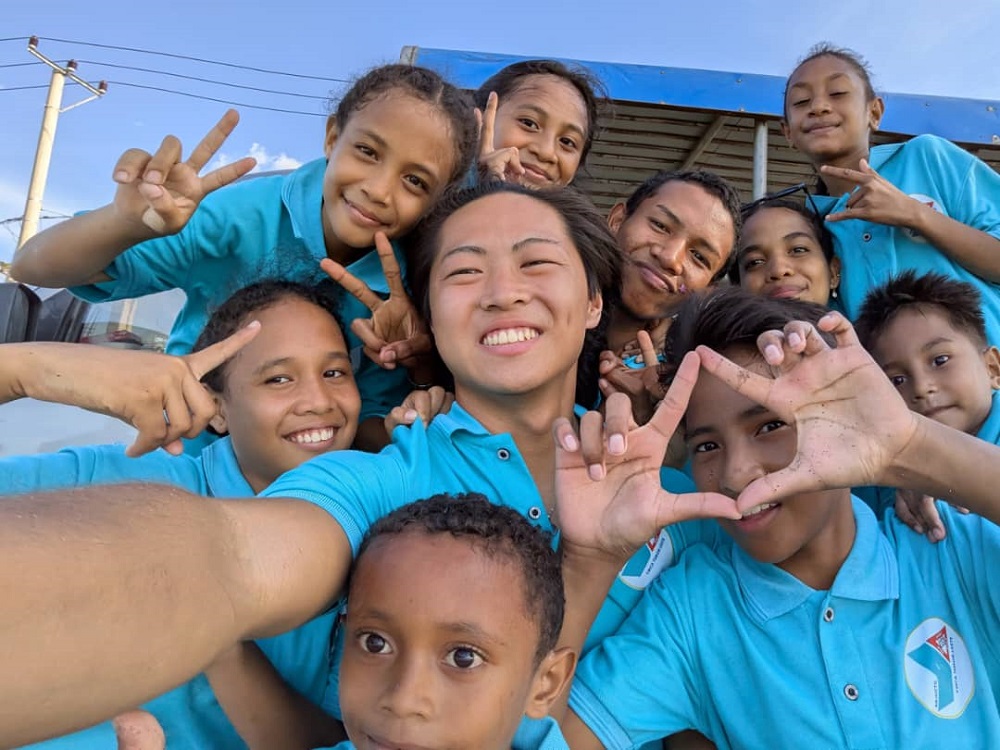 | 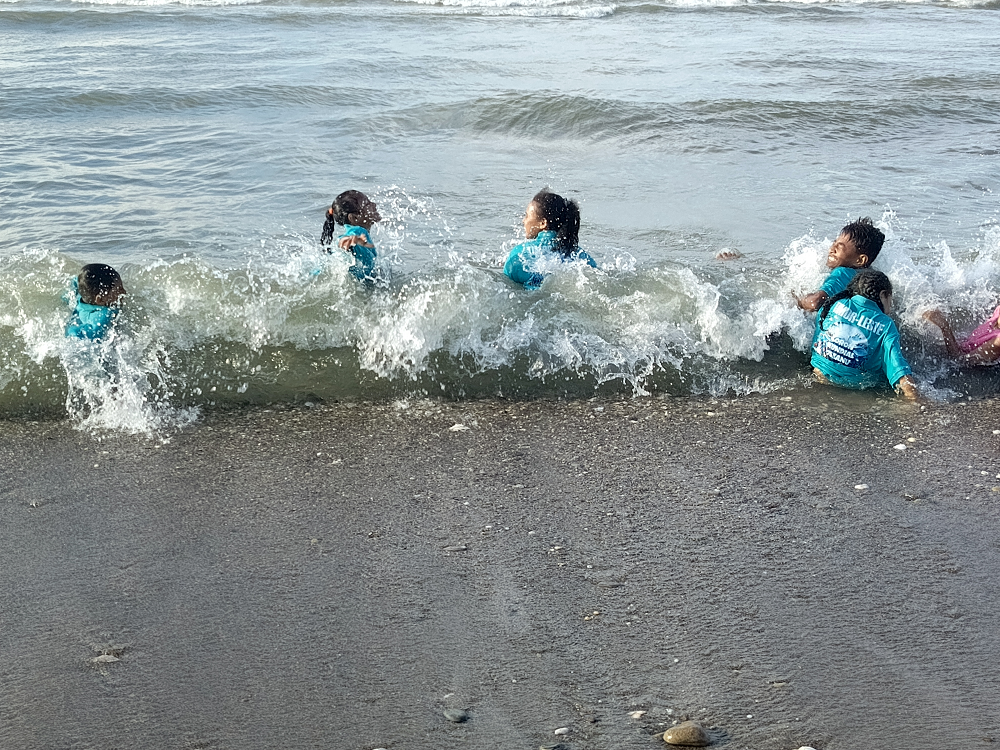 |
Keep the Earth Clean, Save the Green Chittagong YMCA Beach Cleanup Initiative!
Last Updated (Tuesday, 30 November 1999 08:00)
Keep the Earth Clean, Save the Green
Chittagong YMCA Beach Cleanup Initiative!
On June 20, 2025, the shores of Patenga Beach in Chattogram, Bangladesh became the site of a meaningful environmental action as YMCA Bangladesh hosted a beach cleanup under the theme “Keep the Earth Clean, Save the Green.” This initiative was not merely an act of removing waste from a popular coastal site—it was a symbolic and practical demonstration of the YMCA’s growing commitment to environmental stewardship, community mobilization, and global responsibility as outlined in YMCA Vision 2030.
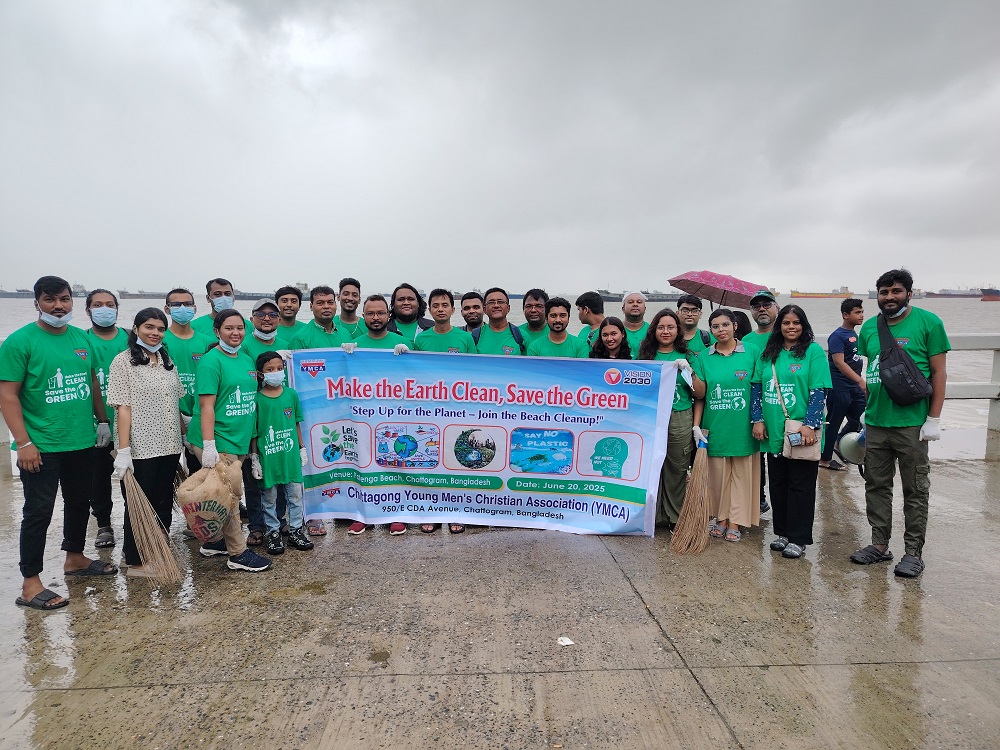
The event’s call to action, “Step Up for the Planet – Join the Beach Cleanup!”, invited youth, families, and members to take part in preserving the beauty and health of our natural environment. The response was overwhelmingly positive. Volunteers of all ages gathered early in the morning, equipped with gloves, eco-bags, and a shared sense of purpose. With each plastic bottle, food wrapper, and discarded item collected, participants were reminded that real change often starts with simple, consistent actions.
This cleanup effort was directly aligned with YMCA’s Sustainable Planet pillar—one of the core areas of focus in Vision 2030. This pillar emphasizes the protection and regeneration of our planet and envisions a just transition toward a world where humans live in full harmony with nature. The event highlighted key environmental messages: Let’s save the Earth, Say no to plastic, Stop pollution, Go green, and most importantly, Change human behavior, not the climate. These slogans were not only printed on banners and T-shirts but were echoed in speeches, volunteer conversations, and community discussions throughout the day.
 | 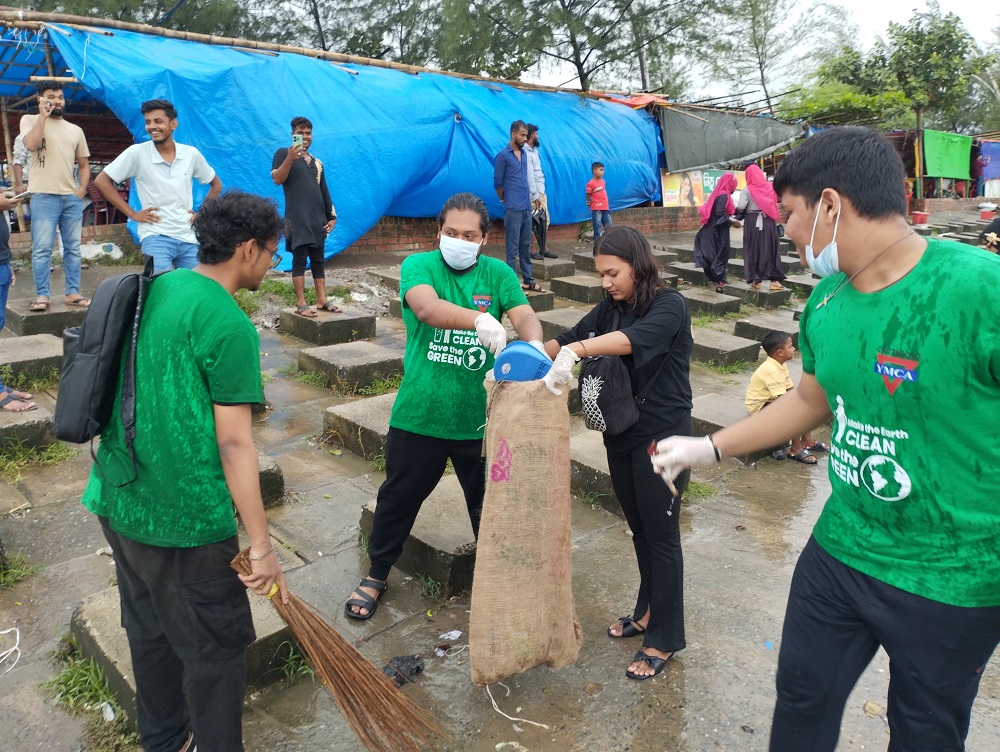 |
One of the most inspiring elements of the event was the diversity of members. From enthusiastic youth groups to local residents, everyone shared a sense of unity in purpose. This collaboration created an atmosphere of hope and collective responsibility. Members were not just cleaning a beach; they were actively participating in a global movement for environmental justice and sustainability.
The cleanup itself yielded tangible results. Several miles of waste were collected and properly sorted for recycling or safe disposal. In addition to the physical cleanup, the event served as an informal learning experience. Participants engaged in conversations about plastic pollution, climate change, and everyday practices that can reduce environmental harm. A reflection circle at the end allowed people to share what they learned and how they planned to carry these values forward.
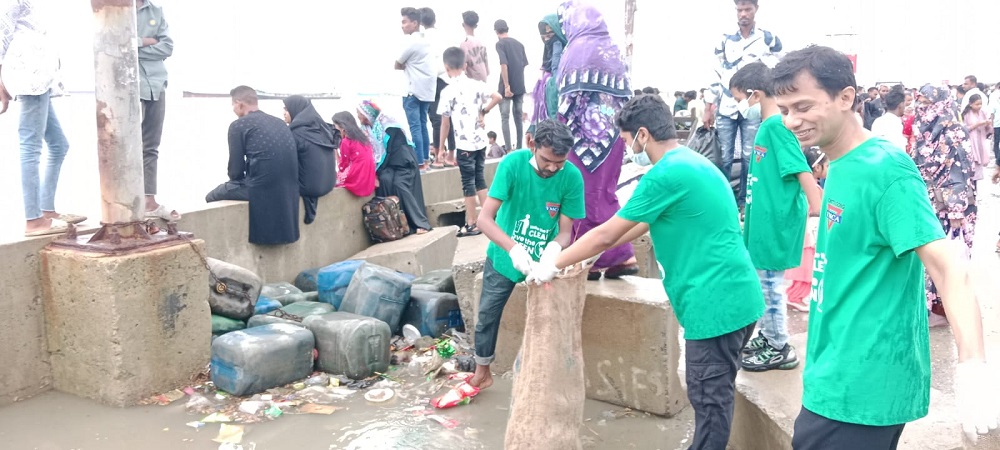 | 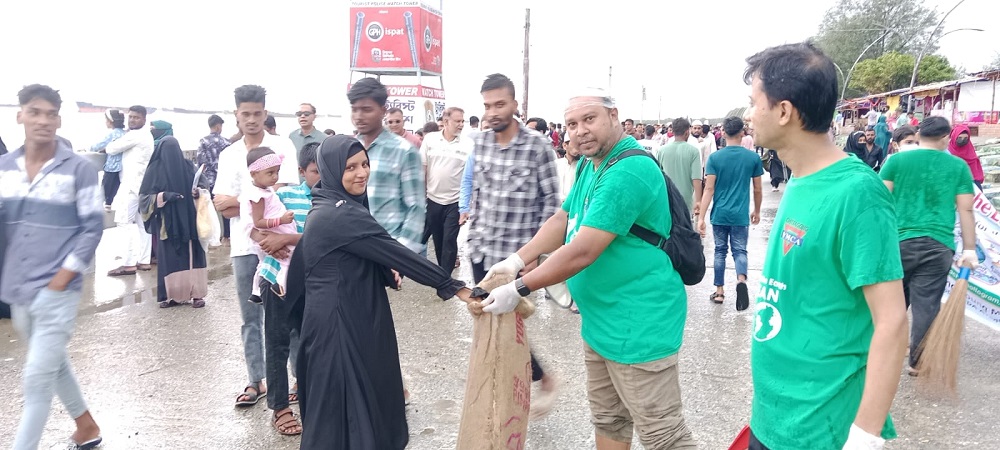 |
Despite its successes, the event also shed light on ongoing challenges. The sheer volume of waste revealed the persistent issue of improper waste management and the need for stronger community education and infrastructure. However, instead of discouragement, this realization fueled a stronger commitment to do more. Organizers recognized the need to scale such efforts, involve more local partners, and advocate for policy changes to support environmental sustainability in urban and coastal areas.
In conclusion, the “Keep the Earth Clean, Save the Green” event was more than a beach cleanup—it was a powerful reminder that environmental action begins with each of us. It brought together community spirit, youth leadership, and global vision in a shared space of action. The event succeeded in raising awareness, inspiring behavioral change, and reaffirming YMCA Bangladesh’s dedication to building a just and sustainable future for all. As we move forward, such initiatives will play a crucial role in creating a planet where harmony between humans and nature is not just a vision, but a reality.
Reported by:
Immanuel Boiragy
General Secretary
Chittagong YMCA
Read more...
Page 1 of 54

 Who we are
Who we are
